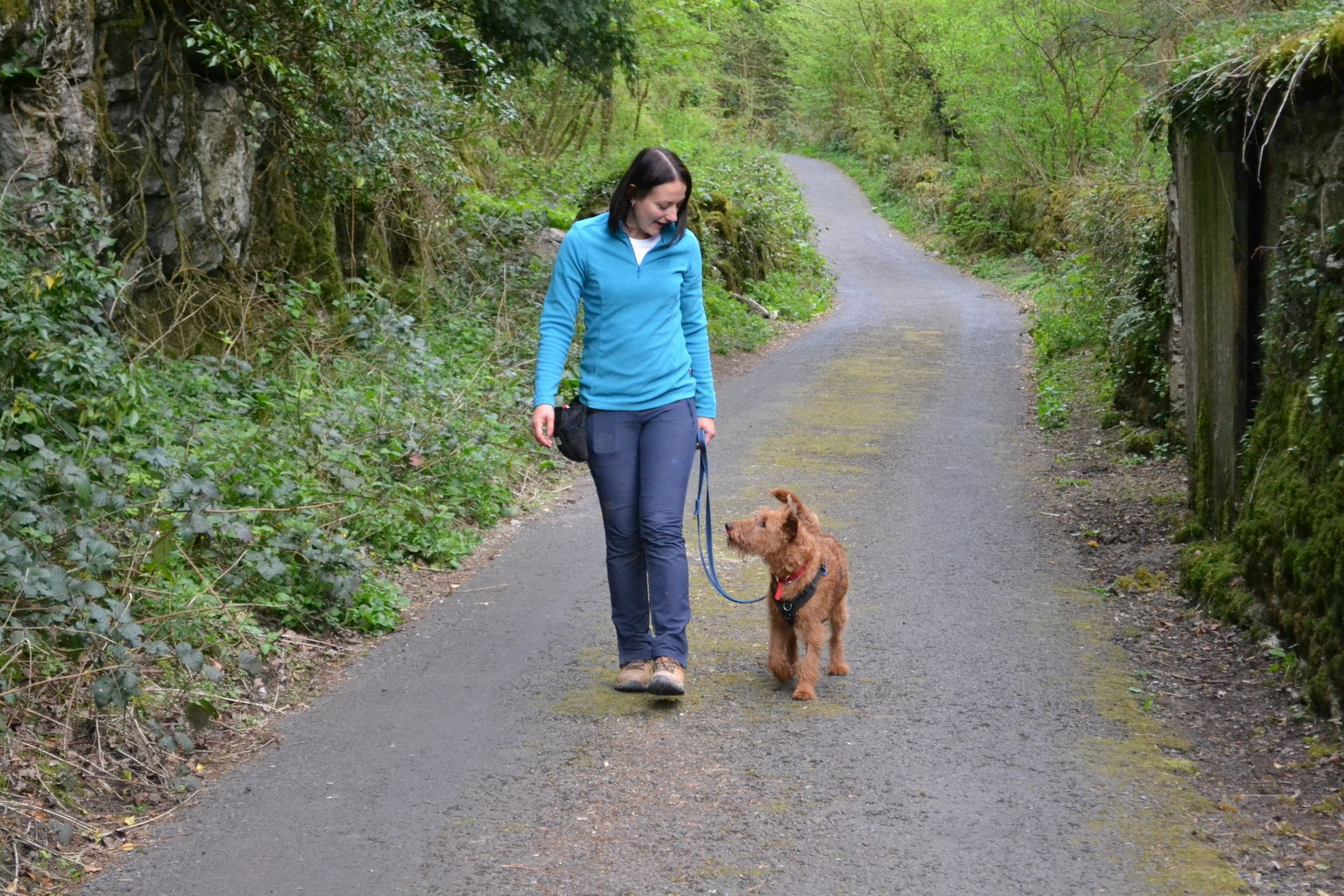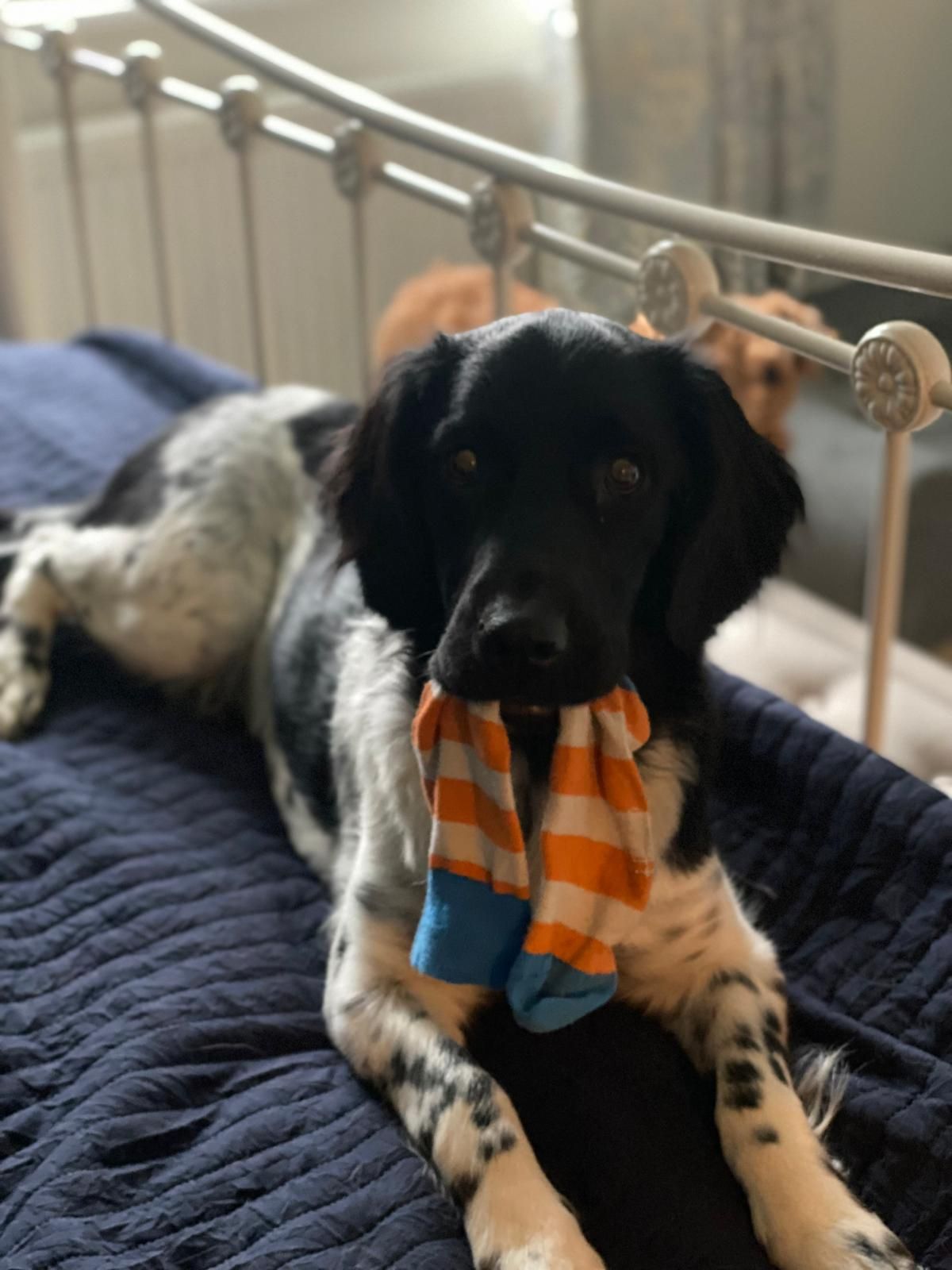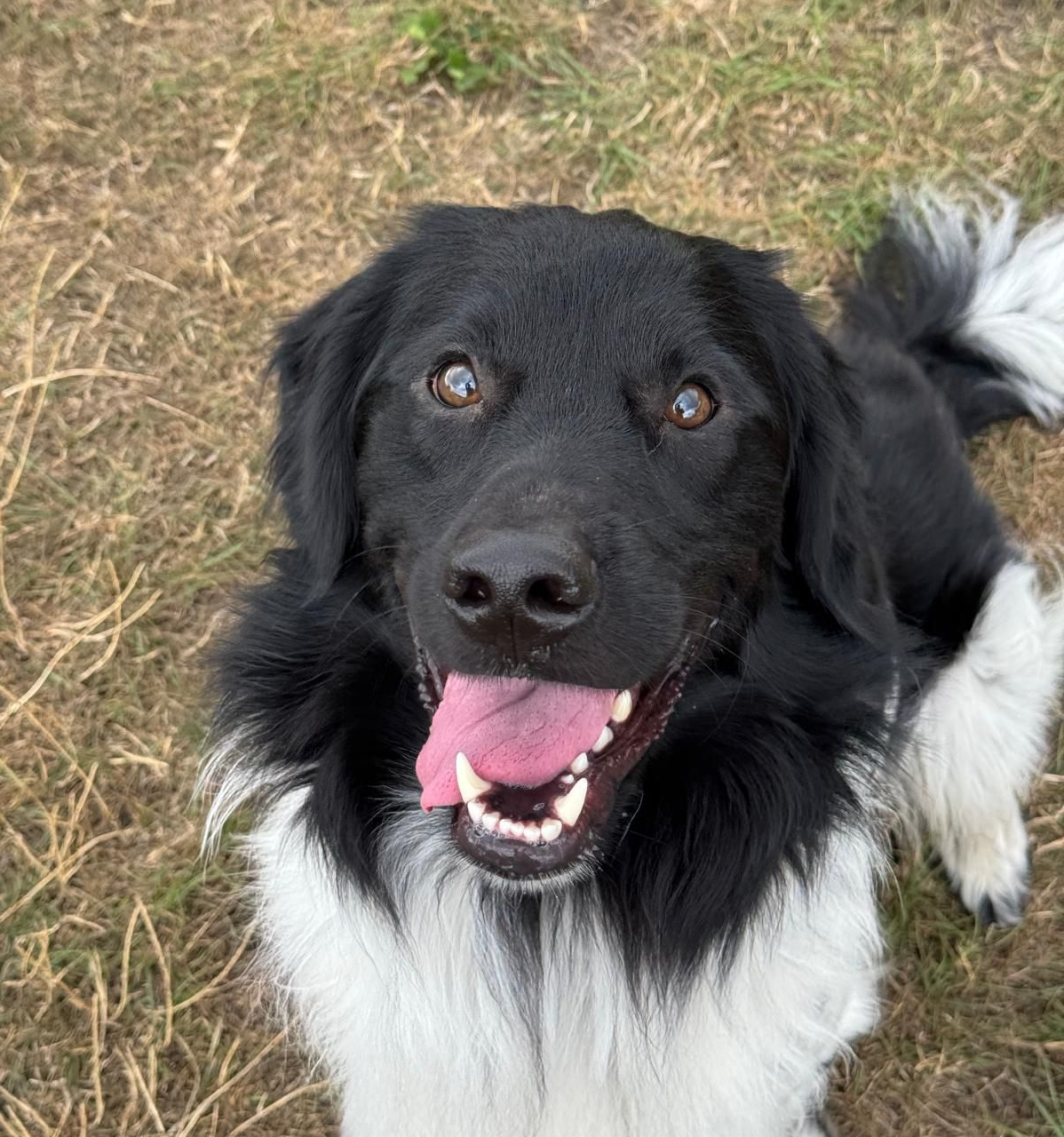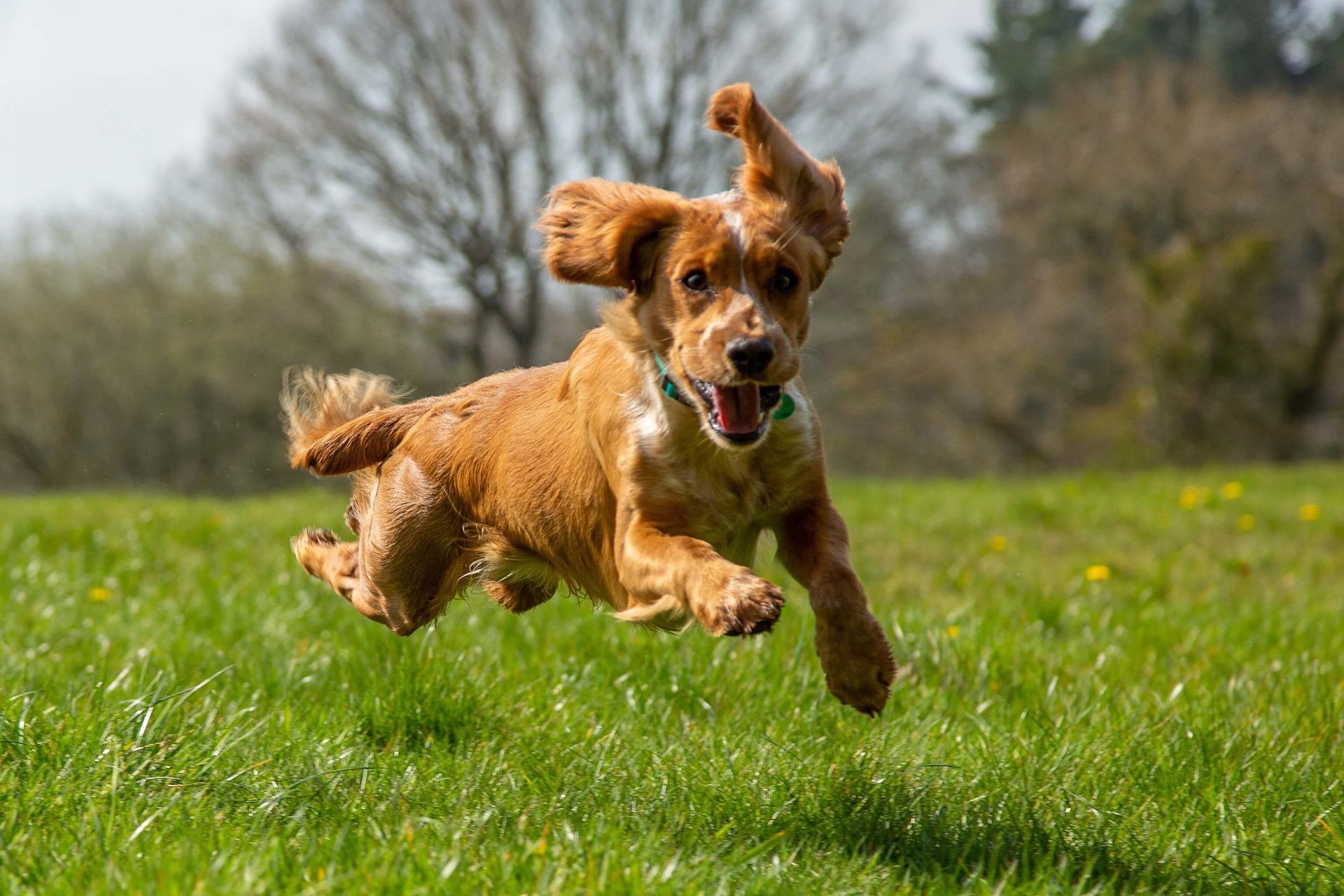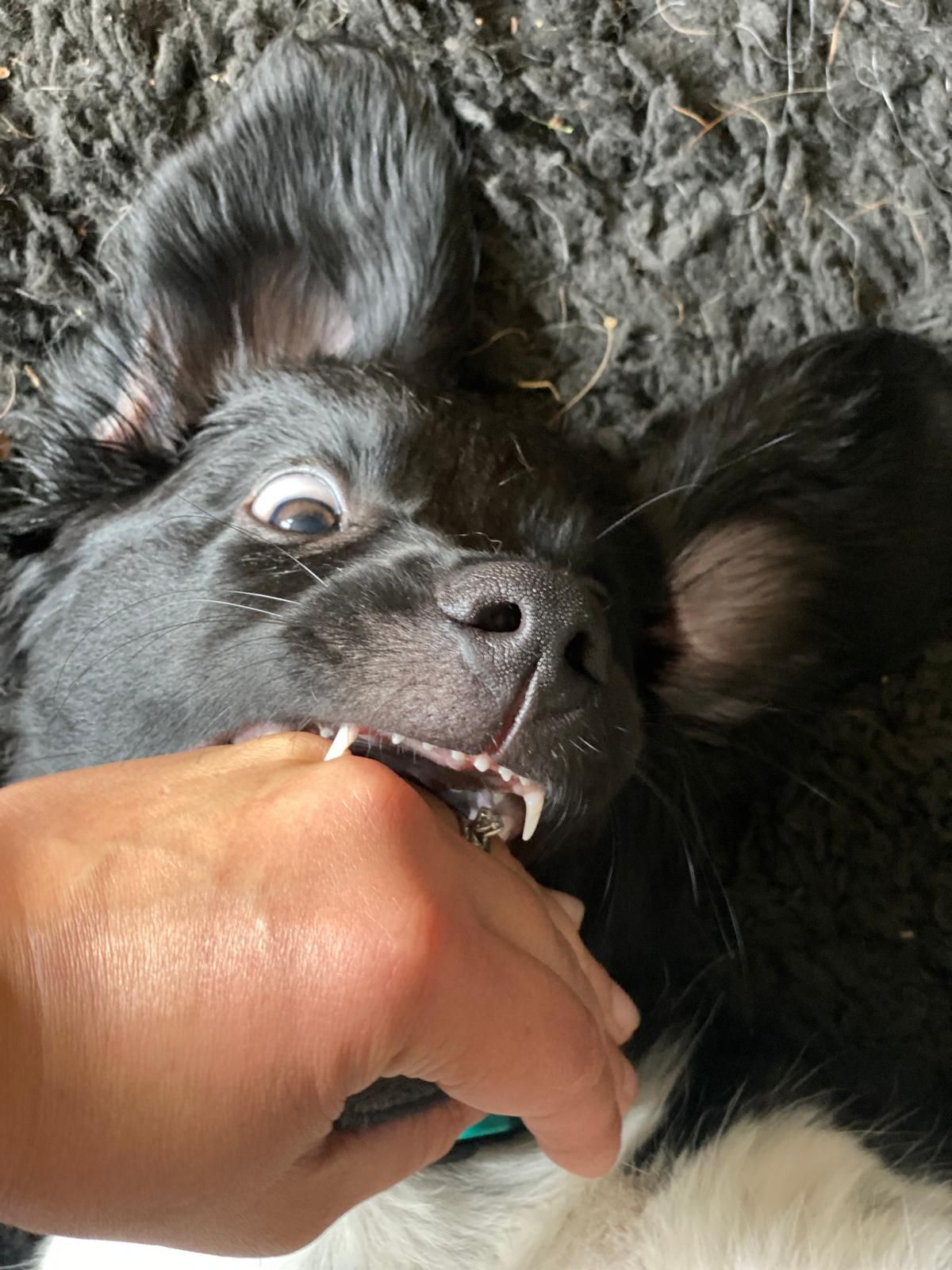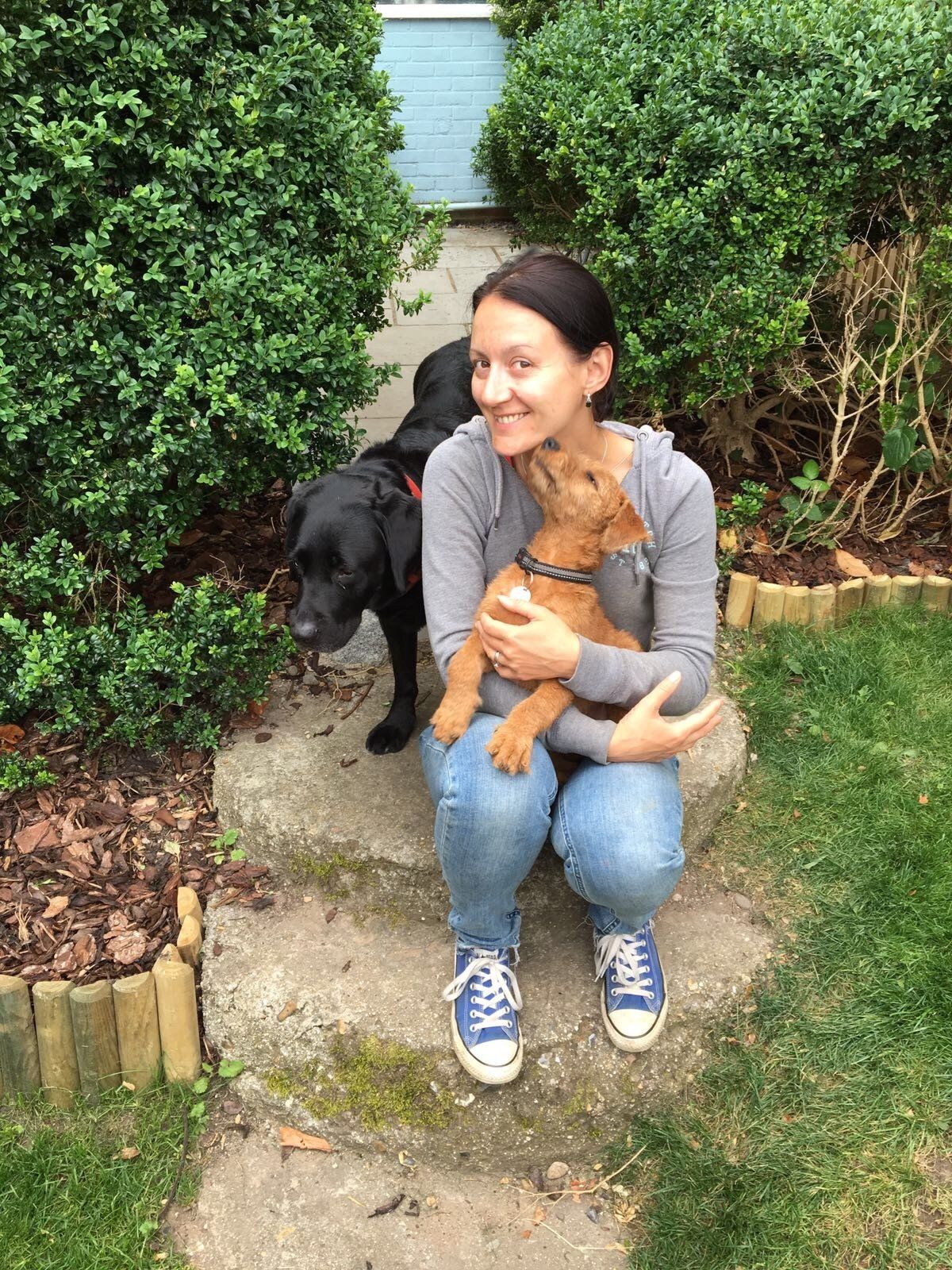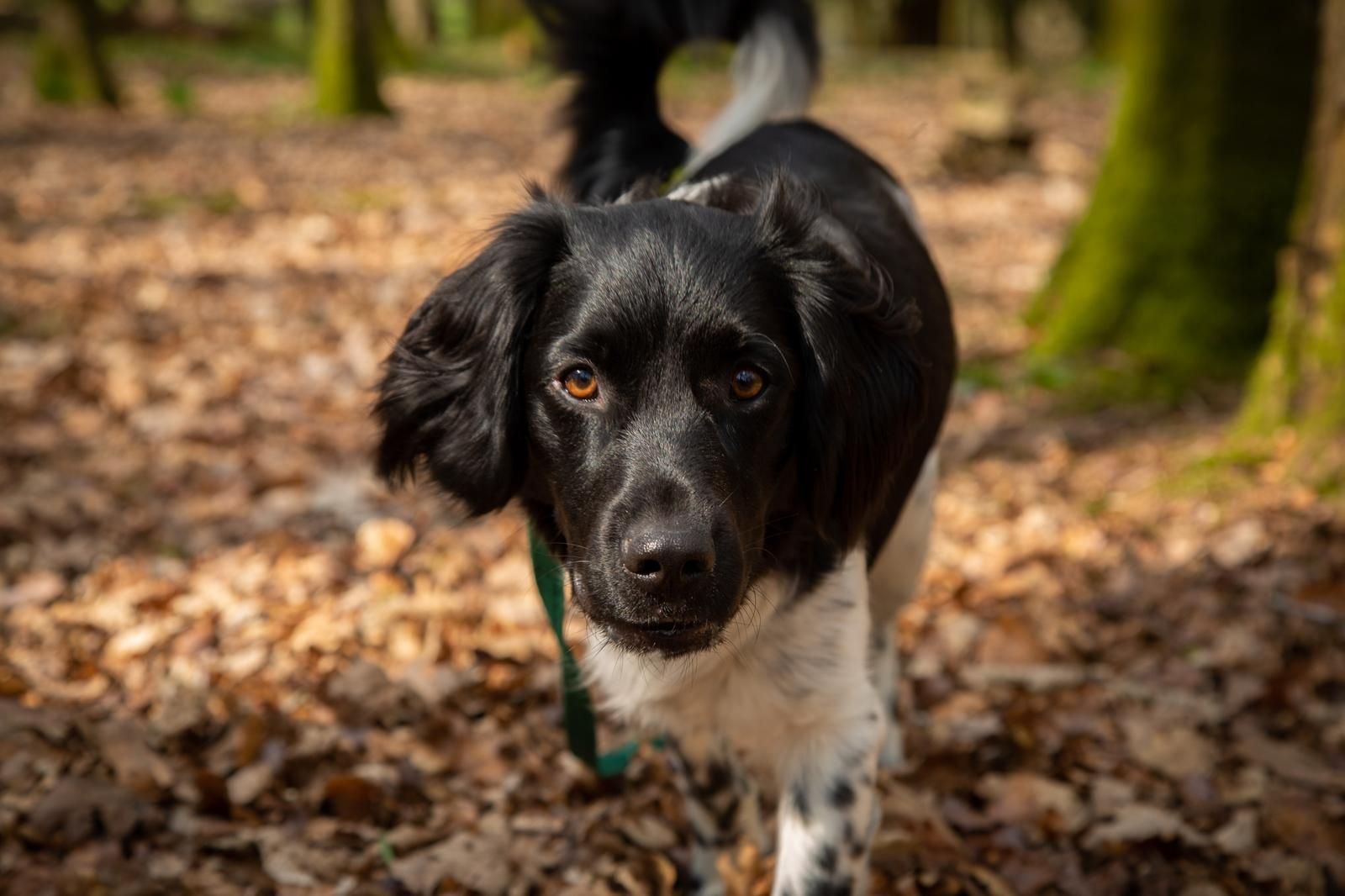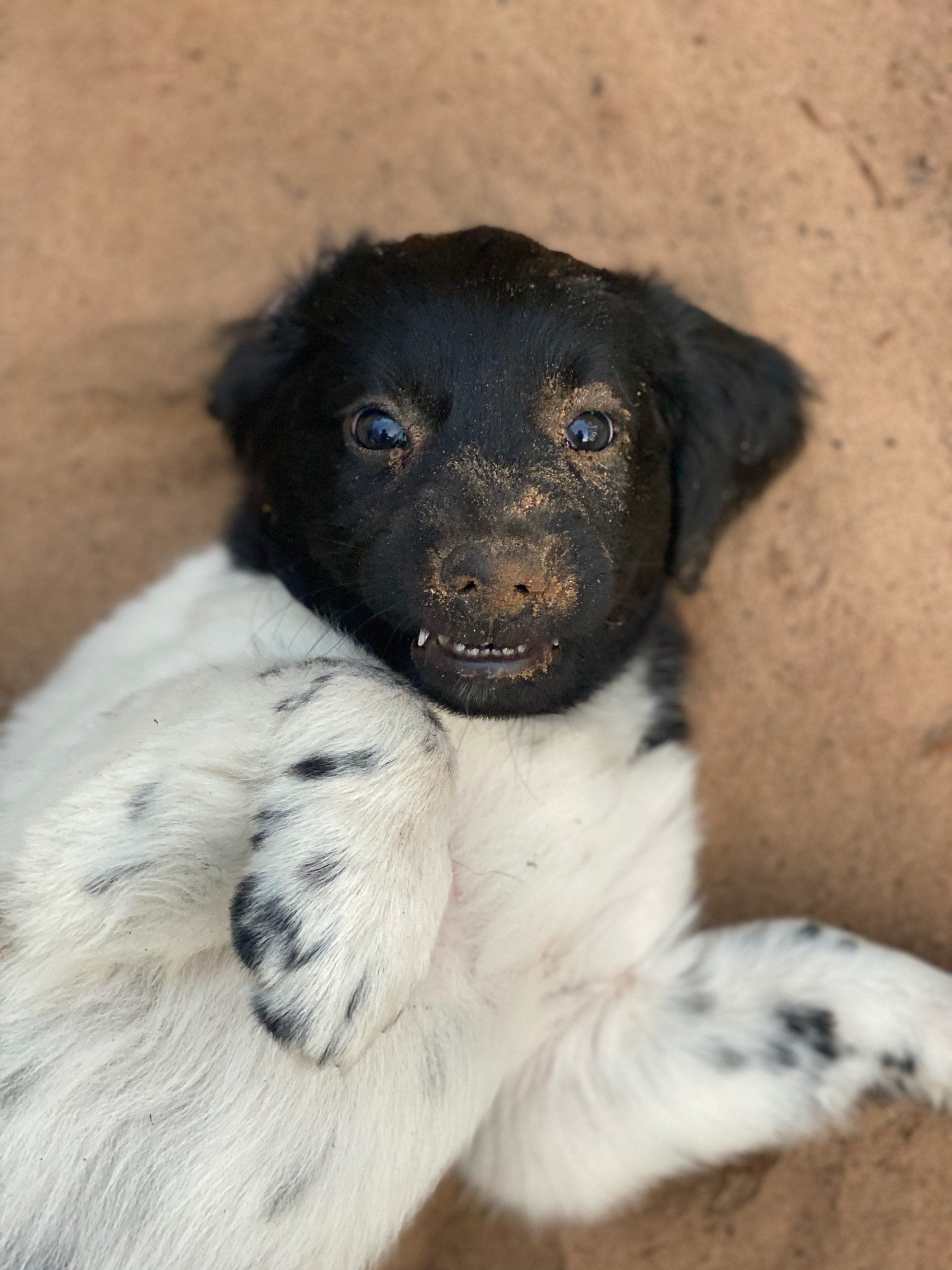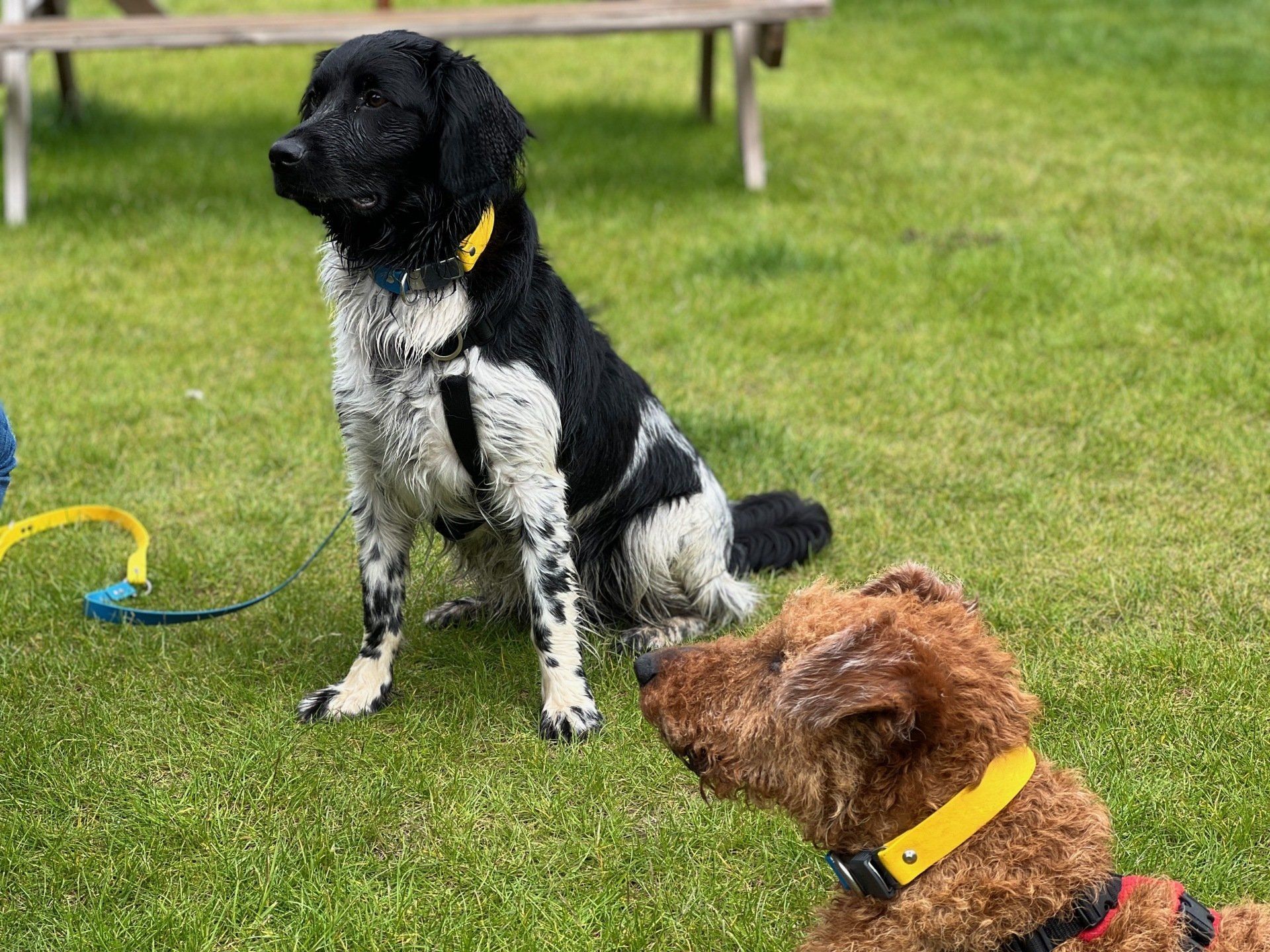Too Hot to Walk Your Dog? Signs of Heatstroke and What to Do Instead.
How Hot is Too Hot? What Every Dog Owner Should Consider...

Too Hot to Handle? Your Guide to Heatstroke in Dogs (And What to Do Instead of Walking)
As the summer heats up, we start reaching for the suncream and iced coffee — but what about our dogs?
Heatstroke in dogs can develop fast and be fatal if not recognised early. Even the hardiest spaniel or the fittest Labrador is at risk in high temperatures. The good news? With a few tweaks to your routine and some creative enrichment, you can keep your dog safe, stimulated, and happy — without risking their health.
In this blog, we’ll cover:
- When it’s too hot to walk your dog
- Early signs of heatstroke
- What to do if you suspect heatstroke
- Safe alternatives to walking in the heat
- Cooling treats to help your dog chill out
- How our summer classes can help
When is it too hot to walk a dog?
There’s no universal temperature cut-off - it depends on your dog and your situation. But some guidelines can help:
Consider:
- Breed, age, and coat - puppies, elderly dogs, brachycephalic (flat-faced) breeds, and thick-coated dogs are at higher risk.
- Time of day - early morning and late evening are safest. Early afternoon heat can be dangerous, especially if the dog is exercising.
- Surface temperature - there is a difference between walking on a grass in the shade or on the pavement in the sun, even if the temperature is the same.
- Your dog’s needs - some dogs won’t toilet in the garden, so a short, shaded trip may be necessary - just keep it calm and low-effort.
- Level of activity – a gentle sniffy stroll is a world away from a game of fetch or a run.
Using common sense and being guided by your dog and their needs will help.
As I am writing this, I am in my office with the blind down (to keep the sun out) and the fan going (while I often like to work al fresco). So if I am not happy to be out in the heat, we’ll limit dog’s outside time to short toilet breaks.
Early signs of heatstroke in dogs
Recognising the early signs is key to preventing serious outcomes. Based on most up-to-date advice from Royal Veterinary College (RVC), look out for:
- Excessive panting
- Bright red gums or tongue
- Drooling or sticky saliva
- Lethargy or confusion
- Wobbly or uncoordinated movement
- Vomiting or diarrhoea
- Refusal to drink or move
If you notice any of these, act immediately.
First Aid: What to do if you suspect heatstroke.
Recent research from the RVC has updated the advice on treating suspected heatstroke.
Do:
- Move your dog to a shaded, breezy spot
- Pour cold water over them (from the neck down)
- If possible, immerse healthy dogs in cold water (e.g. a paddling pool)
- Use a fan or breeze to aid evaporation
- Offer small sips of water if your dog is conscious
- Call your vet immediately, even if symptoms improve
Don’t:
- Don’t delay cooling while calling the vet — cool first, transport second
- Don’t cover your dog with a wet towel (as it may slow down evaporation/trap the heat)
- Don’t pour water over their head (to avoid it getting into their airways)
- Don’t assume they’re fine because they “seem OK now”
What to do instead of walks
Hot weather doesn’t mean your dog has to be bored — or bounce off the walls. Here are some safe alternatives that tick the mental stimulation box without overheating your dog:
- Food searches in the shade – scatter kibble or treats around a garden or indoors
- Find-it games – hide a toy or a ball and let your dog use their nose to hunt it down
- Short training sessions indoors – work on recall, name response, or trick training. Three to five minutes is plenty
- Fun scentwork – encourages calm focus through sniffing
- Teaching them names of different toys and then getting them to find them/retrieve them.
Cooling treats for hot days
Give your dog a safe way to cool off with frozen snacks you can make at home:
- Frozen KONGs – fill with wet food, yoghurt, or soaked kibble and freeze
- Ice cubes with fruit or veg – try blueberries, carrot, cucumber or apple pieces (no seeds)
- Frozen LickiMats – wet food, natural/Greek yoghurt, soaked kibble.
- DIY pup ice cream – mash banana, and whatever berries you have in your fridge with natural/Greek yoghurt and freeze in moulds or ice cube trays
Note: If your dog is prone to resource guarding, these types of high-value items may not be suitable, especially if there are children or other dogs around. Supervise closely or skip frozen treats altogether in favour of other enrichment options.
Looking for safe, structured alternatives this summer?
Training doesn’t have to stop for summer — it just needs a smarter approach. If you’re looking for ways to keep your dog mentally stimulated without risking overheating, our summer classes are designed with exactly that in mind.
Here are some top picks (that your dog would choose):
Foundation Gundog Training Tuesdays 6pm or Sundays 11:10am
Perfect to tap into your spaniel’s, cockapoo or labrador’s working instincts, build connection, improve recall and lead walking, and even bringing the ball back!
Progression Gundog Training (for those who have completed foundation).
Warning, it’s addictive!
Puppy off lead recall course – suitable for pups under 8 months of age.
Worried about letting your puppy off lead? This is the course for you!
Recall Workshop (for dogs over 8 months of age, who just need a reminder!)
Short, impactful session that boost response and reduce the stress of unreliable recall.
Click here to view all available classes and book your spot.
Our Gundog and Puppy classes are held in 2 locations - Sulhamstead & Mapledurham. Dogs bring their humans from Reading, Caversham, Henley, Thatcham, Theale Burghfield, Mortimer and surrounding areas.
